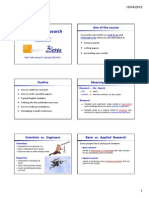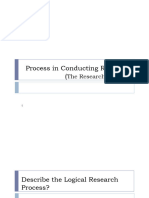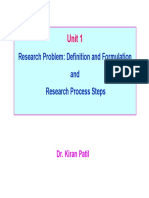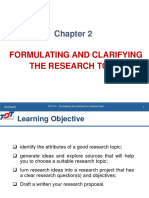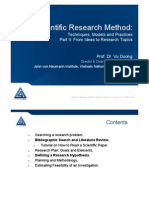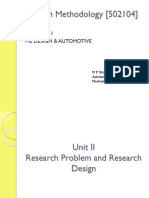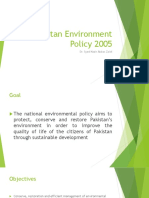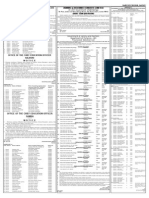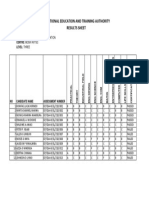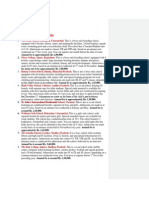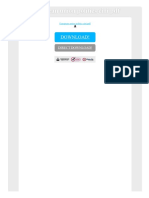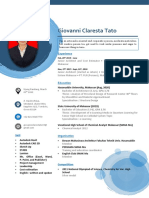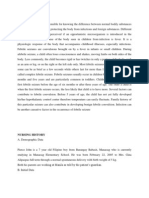0% found this document useful (0 votes)
53 views27 pagesLecture 4
This document discusses several topics related to identifying and defining good research problems:
1) It provides tips for effective communication skills like being clear, concise, and adapting to different backgrounds.
2) It emphasizes the importance of passion and persistence in research by focusing on topics you believe in and learning from criticisms or unsuccessful explorations.
3) It offers strategies for optimizing your training by understanding your strengths and weaknesses and finding strategic partners.
Uploaded by
Rao ARSLANCopyright
© © All Rights Reserved
We take content rights seriously. If you suspect this is your content, claim it here.
Available Formats
Download as PDF, TXT or read online on Scribd
0% found this document useful (0 votes)
53 views27 pagesLecture 4
This document discusses several topics related to identifying and defining good research problems:
1) It provides tips for effective communication skills like being clear, concise, and adapting to different backgrounds.
2) It emphasizes the importance of passion and persistence in research by focusing on topics you believe in and learning from criticisms or unsuccessful explorations.
3) It offers strategies for optimizing your training by understanding your strengths and weaknesses and finding strategic partners.
Uploaded by
Rao ARSLANCopyright
© © All Rights Reserved
We take content rights seriously. If you suspect this is your content, claim it here.
Available Formats
Download as PDF, TXT or read online on Scribd
/ 27



